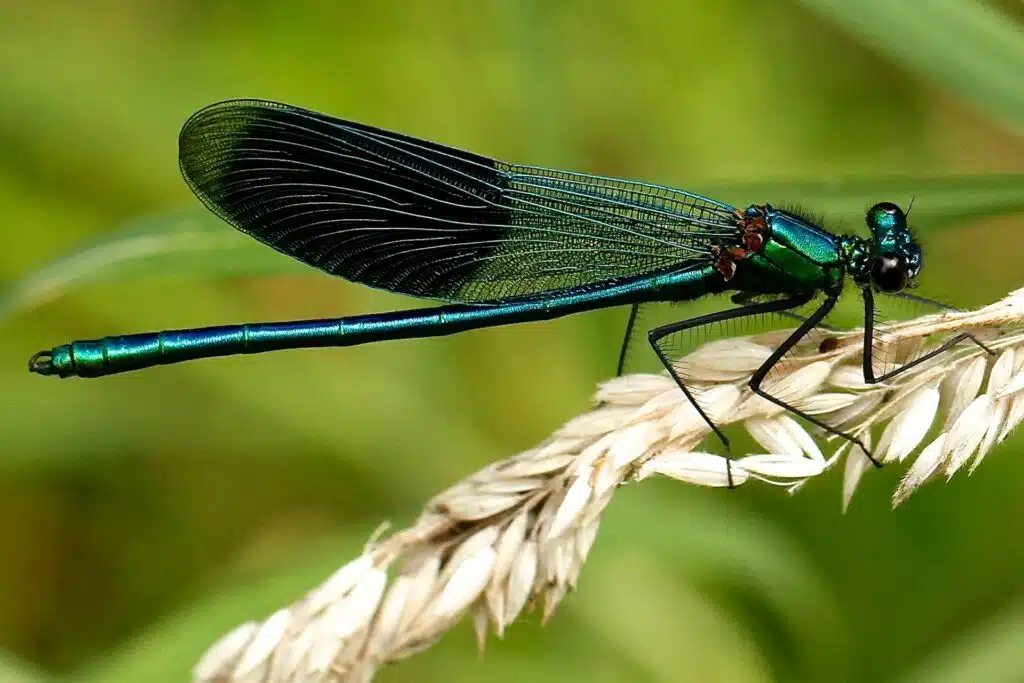Most homeowners rarely think about what’s going on in their attic, which makes it the perfect hiding place for pests. Thick attic insulation offers warmth, protection, and a quiet environment, everything rodents, insects, and even small wildlife need to thrive. Because you don’t often go into your attic, infestations can go unnoticed for months, sometimes even years, allowing pests to settle in and cause damage behind the scenes. In many cases, working with a commercial pest control company can help uncover hidden infestations and prevent future problems before they spread.
Why Insulation Makes the Perfect Pest Hideout
Attic insulation does more than keep your home comfortable it creates cozy spaces pests can burrow into. Rodents, like mice and rats, will shred insulation for nesting material, while squirrels chew through it to make travel paths. Insects such as cockroaches or ants may also take advantage of the warmth and seclusion. Once they’ve found a safe spot, these pests can multiply quickly without drawing attention.
The problem is that insulation can conceal most of their activity. Damage, droppings, and even nesting materials can be buried deep within the layers, hidden from plain sight until the problem becomes severe.
Signs Your Insulation May Be Hiding Pests
While you may not see pests directly, certain clues can suggest they’ve made themselves at home in your attic insulation:
- Unusual noises – Scratching, rustling, or scampering overhead, especially at night.
- Musty or foul odors – Urine, droppings, and decaying nesting materials can create strong smells that spread into living areas.
- Flattened or shredded insulation – Pests push it down or tear it apart to build nests.
- Chewed wires or wood – Rodents and squirrels often gnaw to keep their teeth in check, creating fire hazards and structural issues.
- Droppings or insect debris – Concentrated piles of waste, shed skins, or frass near insulation or along beams.
Risks of Long-Term Pest Activity in Insulation
Ignoring a hidden attic infestation can lead to problems far beyond just a few holes in the insulation:
- Structural damage – Chewing can weaken wood beams, drywall, and electrical wiring.
- Health hazards – Pest waste can contaminate the air, triggering allergies and respiratory issues.
- Energy loss – Contaminated insulation loses its ability to regulate temperature, driving up heating and cooling costs.
- Spread to other areas – Left unchecked, pests can move from the attic into walls, kitchens, and living spaces.
How to Prevent Hidden Infestations in Attic Insulation
The best way to stop pests from settling in your insulation is to make your attic less inviting:
- Inspect regularly – Check your attic at least twice a year for droppings, chewed wires, or disturbed insulation.
- Seal entry points – Close gaps around vents, roof edges, and utility lines to block pest access.
- Maintain proper ventilation – A dry, well-aired attic is less appealing to pests and reduces mold or mildew growth.
- Upgrade damaged insulation – If insulation is old or contaminated, replace it with materials that are less hospitable to pests. Some modern options even include pest-repellent additives.
- Control moisture – Repair leaks and consider a dehumidifier if humidity remains high.
When to Call a Professional
If you suspect pests have been nesting in your attic insulation for a while, a professional inspection is the safest choice. An expert can:
- Locate all entry points.
- Identify the type of pest.
- Remove contaminated insulation.
- Install fresh insulation with added pest protection.
By catching the problem early, you can protect your home’s structure, improve energy efficiency, and ensure a healthier living environment for your family.
Conclusion
Attic insulation can do a great job of keeping your home comfortable but it can also hide pest activity for months at a time. Regular inspections, prompt repairs, and strategic upgrades are the keys to preventing unwanted guests from turning your attic into their long-term hideout. Addressing the issue early can save you from costly repairs and keep your home safe and pest-free.

